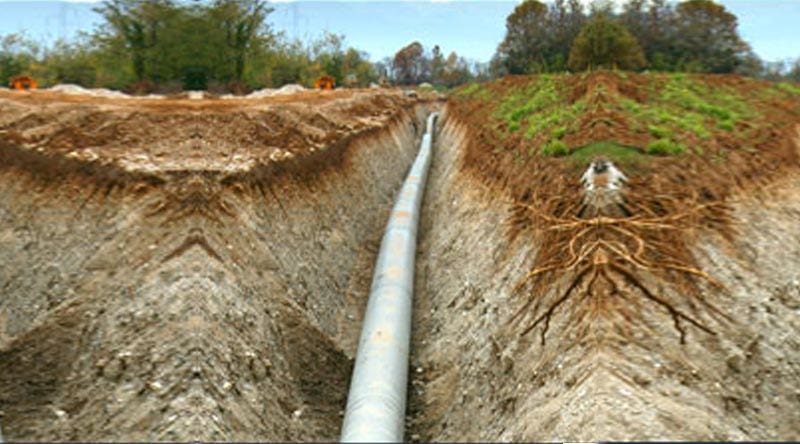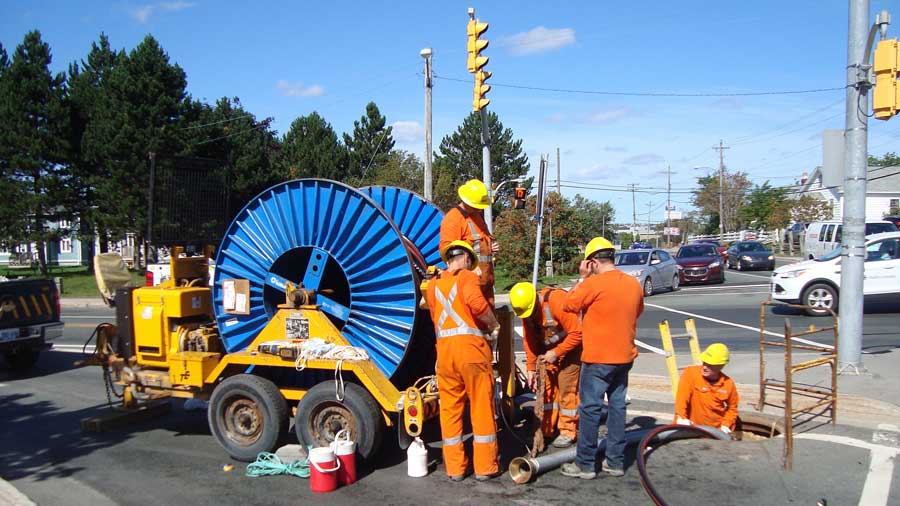Working on or around underground utilities can be fatal, and even if you take precautions, damages are sometimes inevitable. Understanding and use of safe digging practices are essential to prevent or minimize damaging these underground utilities.
This article emphasizes the precautions and safe digging practices you should employ while determining buried utility assets to avoid damages, ensure the safety of the workers as well as people around the working site.
Use a utility locator
Whether you are dealing big or small projects, it is crucial to use a reliable underground utility locator anytime you are preparing to dig underground assets. Never assume the presence of utility lines or think their depth remains the same. Sometimes the utility lines are not where they seem to be through a range of sight, and their depth can change over time due to factors like erosion, uneven surfaces or previous projects.
The services of professionals in underground utilities help in identifying the utility lines, white line them and determine how deep the utility assets are. The use of professional services ensures the accuracy and gives confidence of excavation with less exposure to dangers. See potholing services near me.
Use caution after the digging sites are flagged
After the identification of the correct location of the utility, taking precautions is necessary to avoid damages of assets. Don’t assume that the marked utility line is the only one there. You need to dig about four feet away from either side of the marked utility lines, and in case you need to dig closer or cross the flags or markings, then you need to use hand tools to expose the buried assets. Use of hand tools determines the exact location, exposes the facilities and it is safer to avoid damaging the underground facility.
Call if your lines become unclear on your digging site
Circumstances like bad weather and work disturbance can cause your markings to become incorrect, obscured, miss or become obliterated. In such cases, don’t go off your memory on where the lines were. Instead, you should contact underground utility locating services which will help in identifying the buried lines and give you the exact location and depth of your utility.
Do not remove paint marks or flags until you complete your work
Presence of paint markings and banners on your site means that the excavation or digging work is still ongoing. Removal of the flags before the work completion can lead to confusion on the different type of utilities which can eventually cause fatal accidents and damages to assets.
Support and protect utility assets when exposed
Once you reach the facility during your digging process, ensure safe backfilling to prevent damages on the facility and maintain their coating. Provision of support beneath further prevents sagging and collapse of the facilities.
The Takeaway
Anytime you plan to dig into the ground, the chances of hitting the utility pipes and wires are high. Cutting or damaging utility wires and pipes is not only costly but also extremely dangerous as they can result in explosions, electrocutions and sometimes fires. To prevent such occurrences, safe digging practices and use of underground utility locator services is very important they will ensure your safety during digging.
For more information about safe digging practices and for utility location, contact Util-Locate. Our company has been in the service of providing underground utility locating since 2001.


